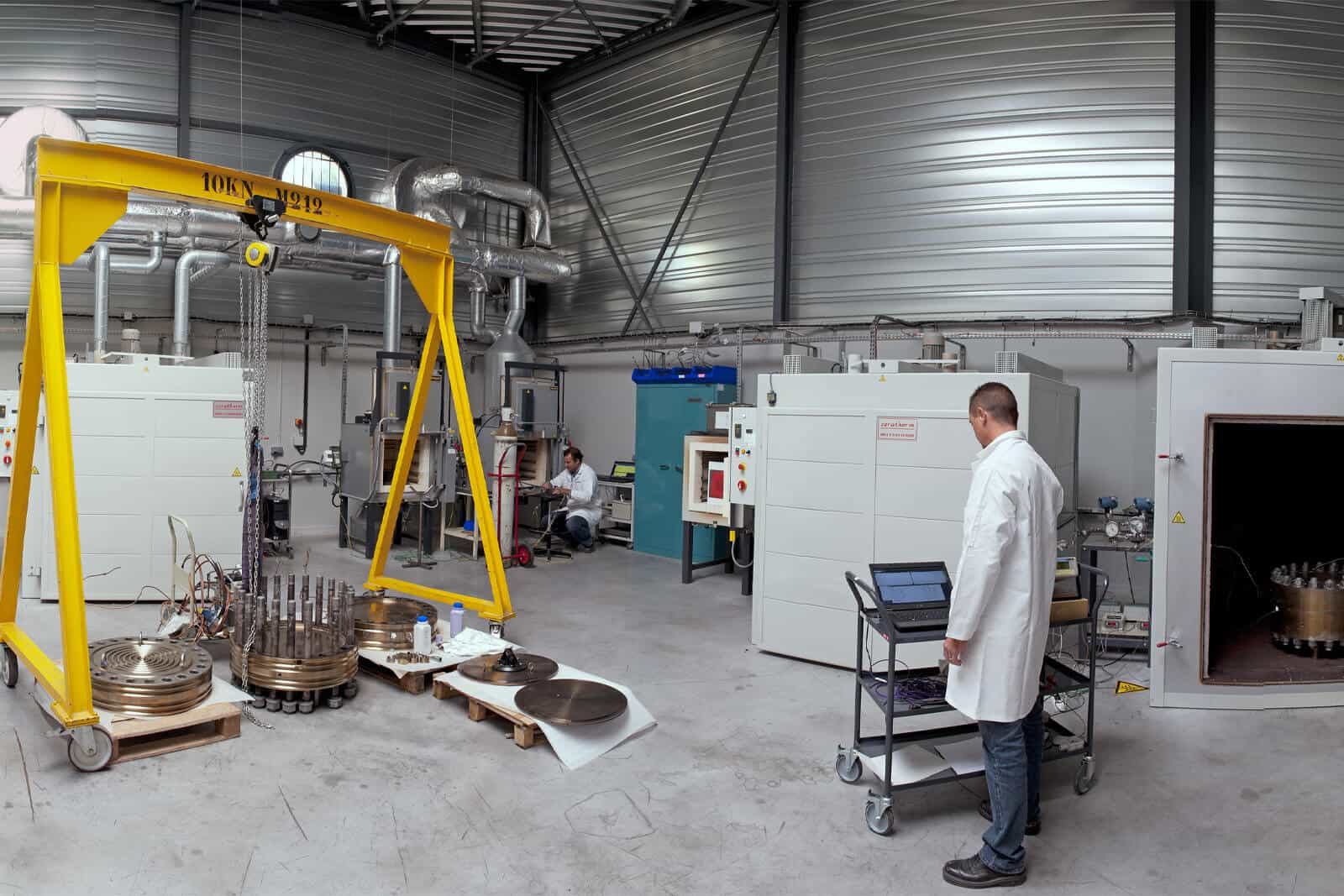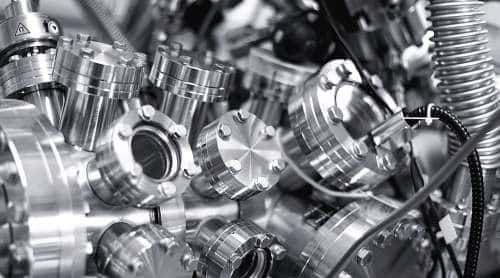Just seal it: why you should call your sealing expert first.
Just seal it – June 23, 2025
Picture this: your system is built. The drawings are done. The parts are machined. Everything’s assembled and seems ready to go. You flip the switch, and it leaks. Panic sets in. You call in a sealing expert, hoping for a quick fix. But instead, you hear the words no engineer wants to hear: “There’s no seal in that size that can handle your pressure.” Now you’re not just patching a leak, you’re redesigning your entire system from the ground up.
This isn’t a rare horror story. It’s a common, costly mistake. And it’s exactly why sealing solution experts should be part of your design team from day one.
At Technetics, we’ve seen how early collaboration can save projects from delays, budget overruns and performance failures. Here’s how getting sealing right (that is, right from the start) pays off in three critical areas:
- Save design time
When sealing is integrated into the design phase, systems are engineered with all performance requirements in mind:
- Eliminate late-stage redesigns: Avoid the need to rework geometries once all is set but the seal. Once designed, your tubing diameter, thickness and shape will not change. Also, in some configurations, seals do not exist. Sealing experts can propose you a new design from the earliest steps where sealing is possible.
- Set the design until the surface finish: Groove dimensions, surface finishes and tolerance stack-ups are critical to sealing function. Be sure everything will assemble.
- Optimize the mechanical load: Sealing experts help define appropriate clamping forces and preload conditions, including safety factors, ensuring joint integrity without overdesign.
- Simplify procurement Sealing decisions directly impact manufacturability and supply chain efficiency. Early engagement supports:
- Reduced procurement effort: Design simplification can reduce the effort to source engineered components across multiple vendors.
- Lead time management: As custom components, engineered seals are not off the shelf. Consider design and manufacturing lead time to avoid impact on the production schedule for the end product. Early specification allows for accurate scheduling and inventory planning.
- Ensure material and fluid compatibility Material selection is critical to sealing reliability, especially in chemically aggressive or high-temperature environments:
- Prevent chemical degradation: Experts help select elastomers, graphite or metal seals that resist swelling, embrittlement or chemical attack.
- Validate fluid compatibility: Not all sealing materials are suitable for all process media. Early validation prevents premature failure due to incompatibility.
- Leverage multifunctional materials: Seals can be engineered to provide additional functionality. For example, you can discover your seal might bring microbial resistance, allowing you to cut a whole system out of your design.
Bottom line: Make the seal your strongest link
In high-performance systems, the seal is sometimes the smallest component, but it can dictate the success or failure of the entire process as it connects all its sub-assemblies. Involving a sealing expert early in the design process is critical.
At Technetics Group, we’re ready to collaborate from day one to help you design with confidence, build with precision, and launch without surprises.



